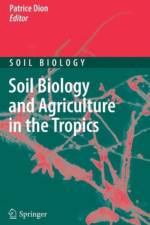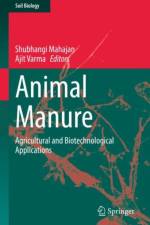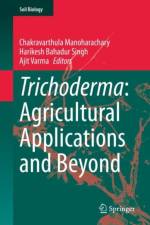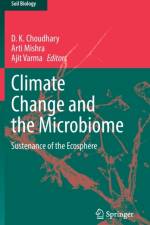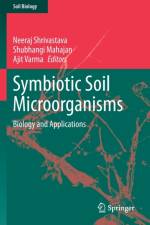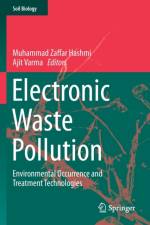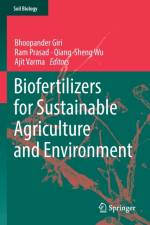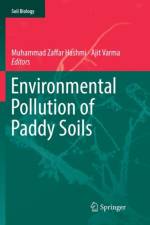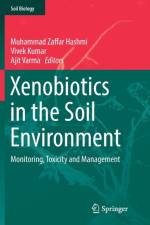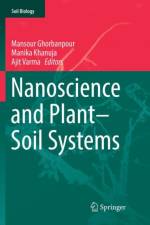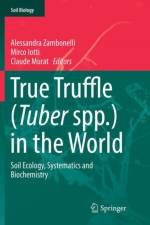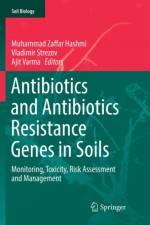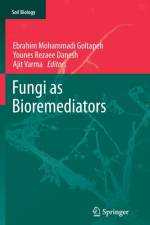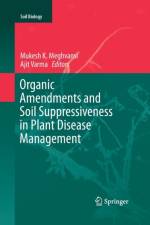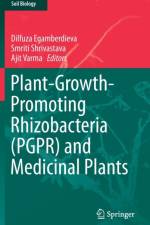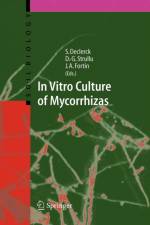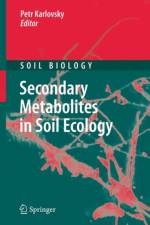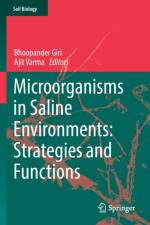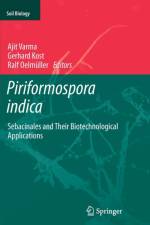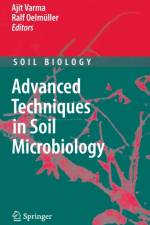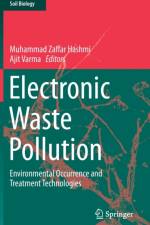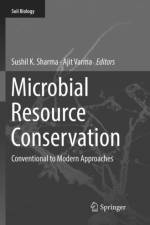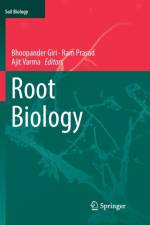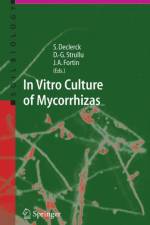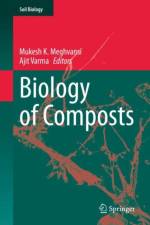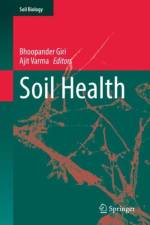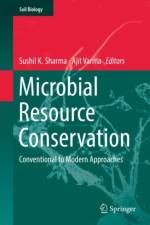- Environmental Occurrence and Treatment Technologies
1 931
Electronic and electric waste (e-waste), defined as end-of-life electronic products, including computers, television sets, mobile phones, transformers, capacitors, wires and cables, are a major global environmental concern. The crude recycling of e-waste releases persistent toxic substances, such as heavy metals, polybrominated diphenyl ethers (PBDEs), polychlorinated dibenzodioxins (PCDDs), polychlorinated dibenzofurans (PCDFs), polycyclic aromatic hydrocarbons (PAHs) and polychlorinated biphenyls (PCBs), and the environmental pollution and health risks caused by the improper disposal of e-waste has become an urgent issue.This book offers an overview of e-waste history, sources, and entry routes in soil, air, water and sediment. It also addresses e-waste transport and fate, bioavailability and biomonitoring, e-waste risk assessment, impacts on the environment and public health. In addition, it discusses the impact of e-waste on soil microbial community diversity, structure and function and reviews the treatment and management strategies, such as bioremediation and phytoremediation, as well as policies and future challenges.Given its scope, it is a valuable resource for students, researchers and scholars in the field of electronics manufacturing, environmental science and engineering, toxicology, environmental biotechnology, soil sciences and microbial ecology, as well as and plant biotechnology.

